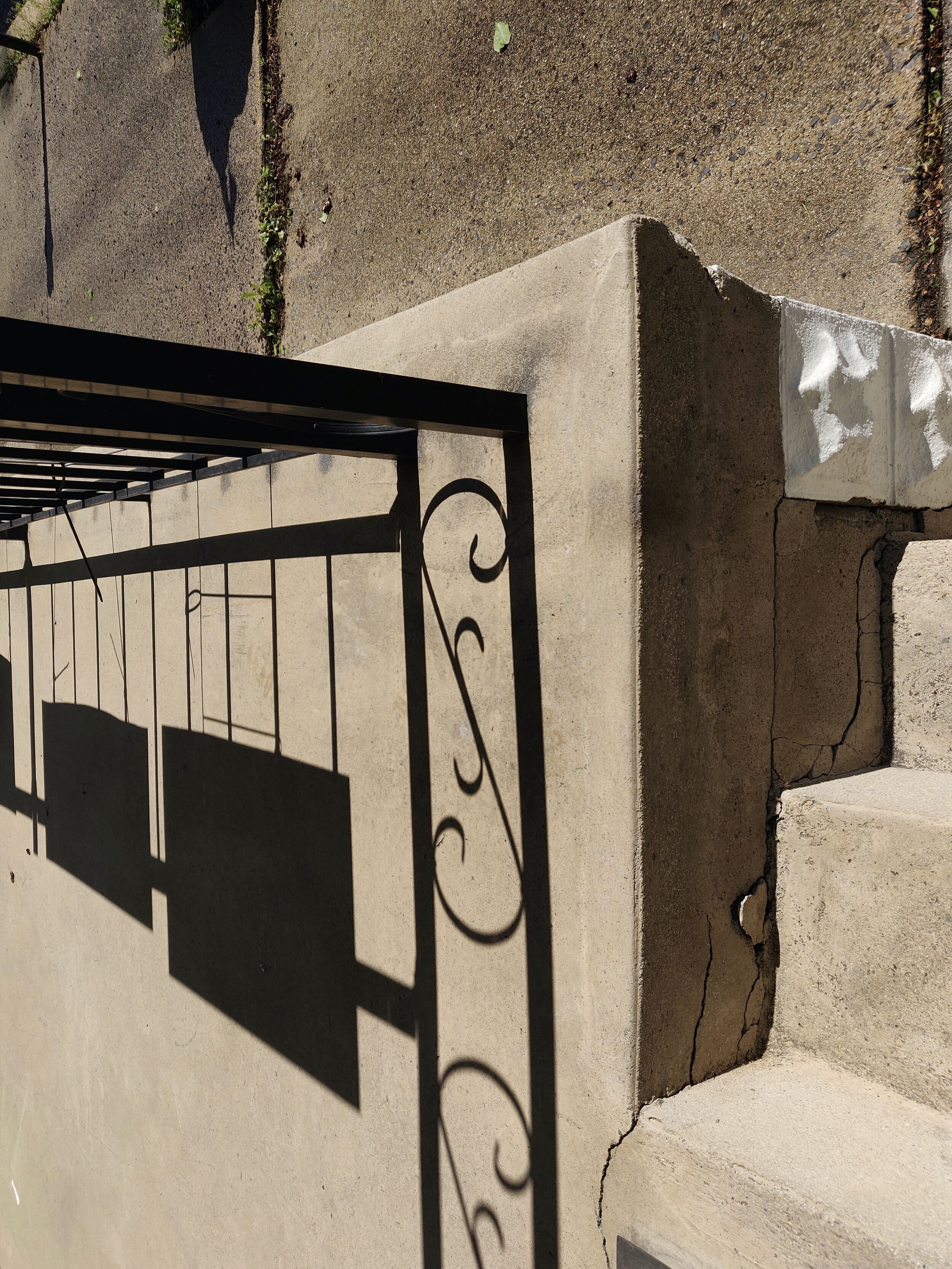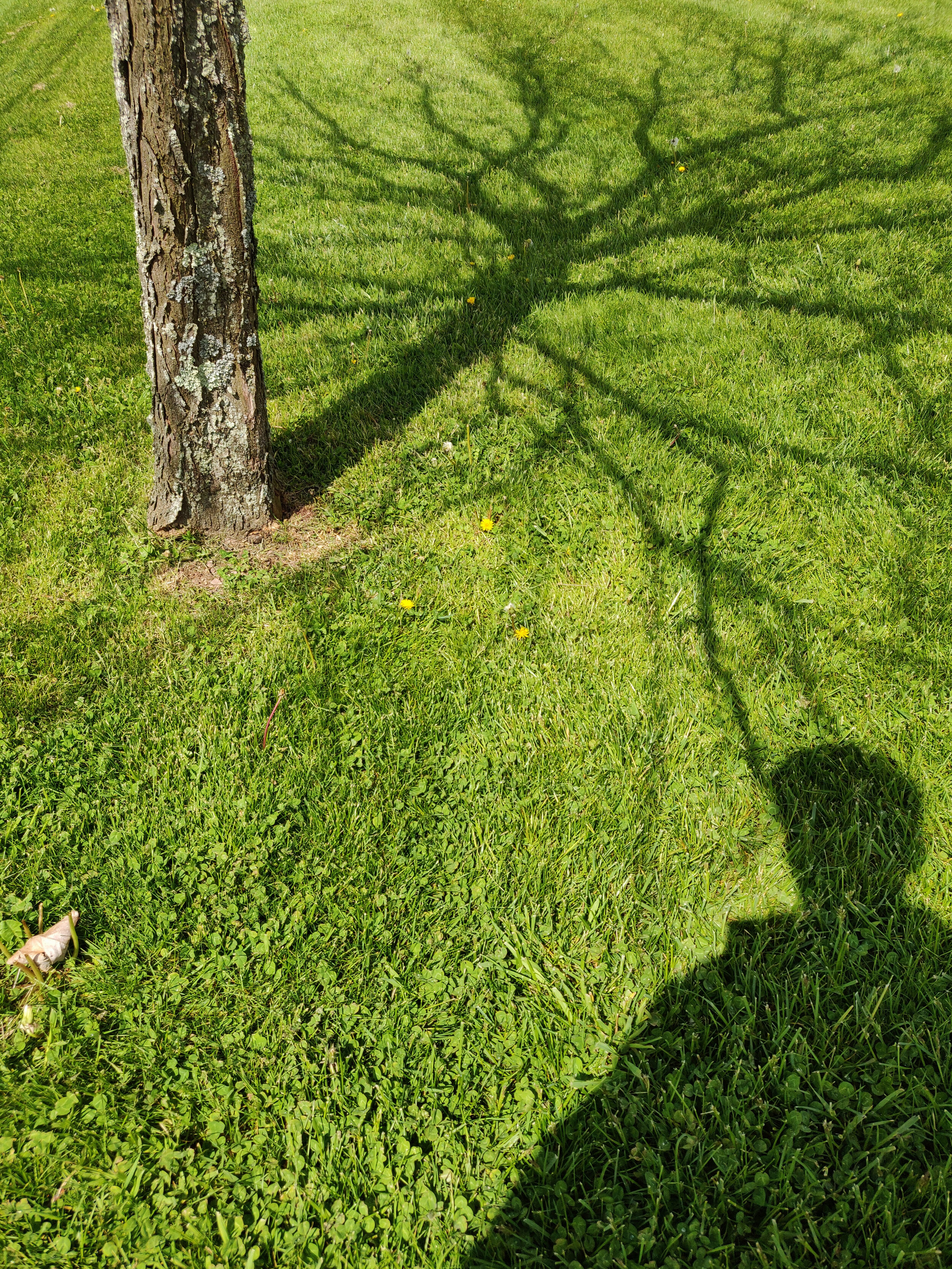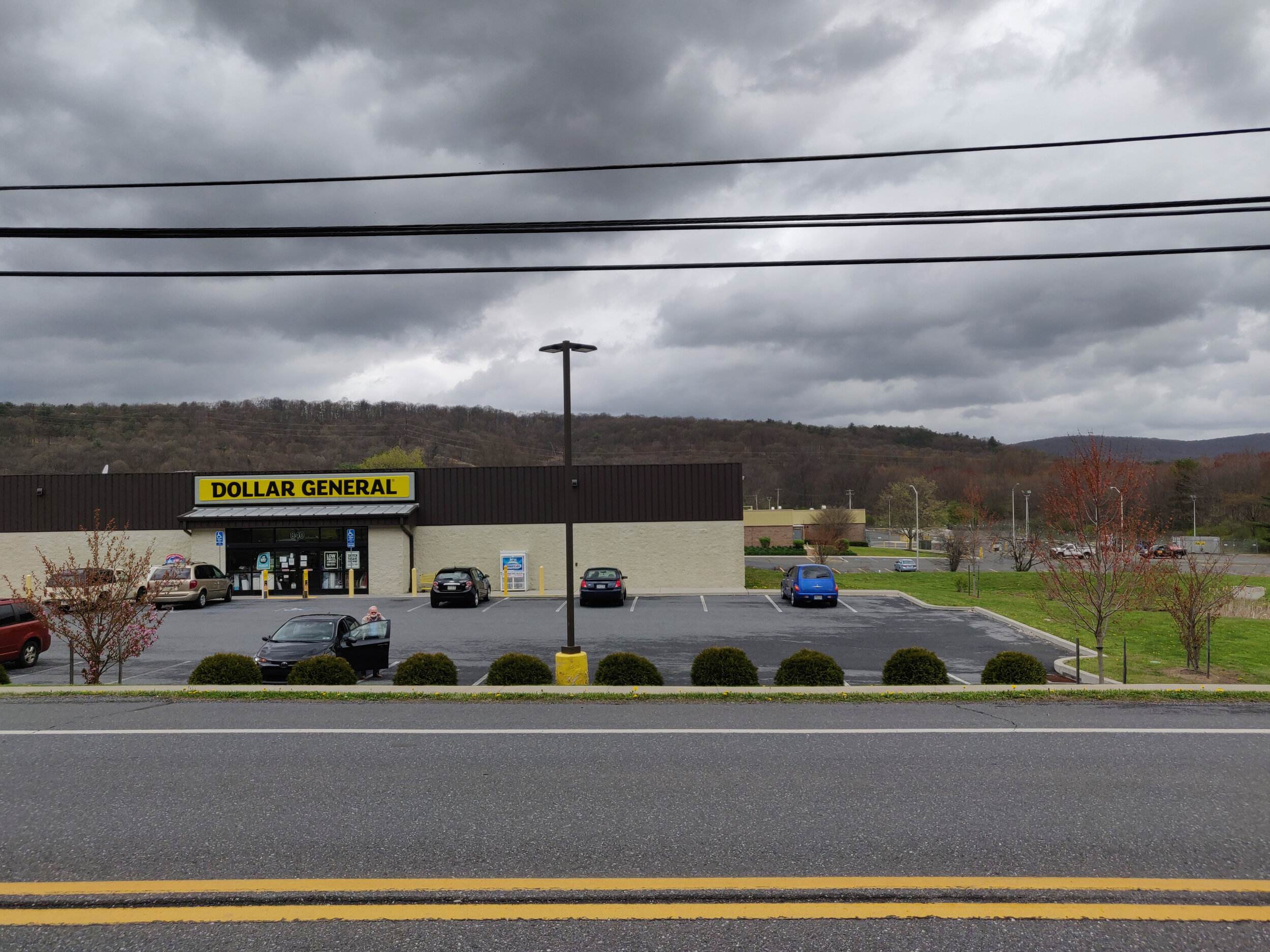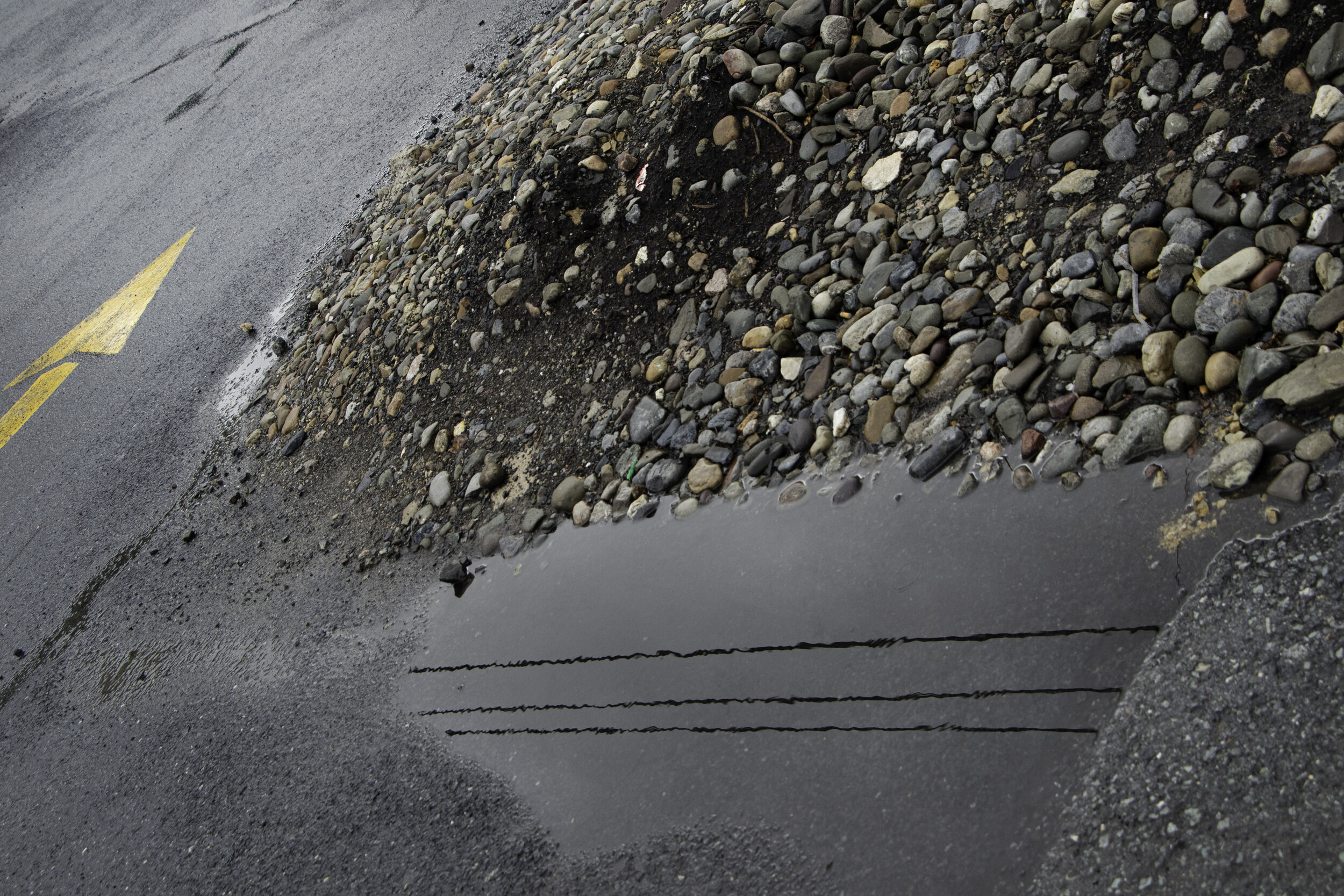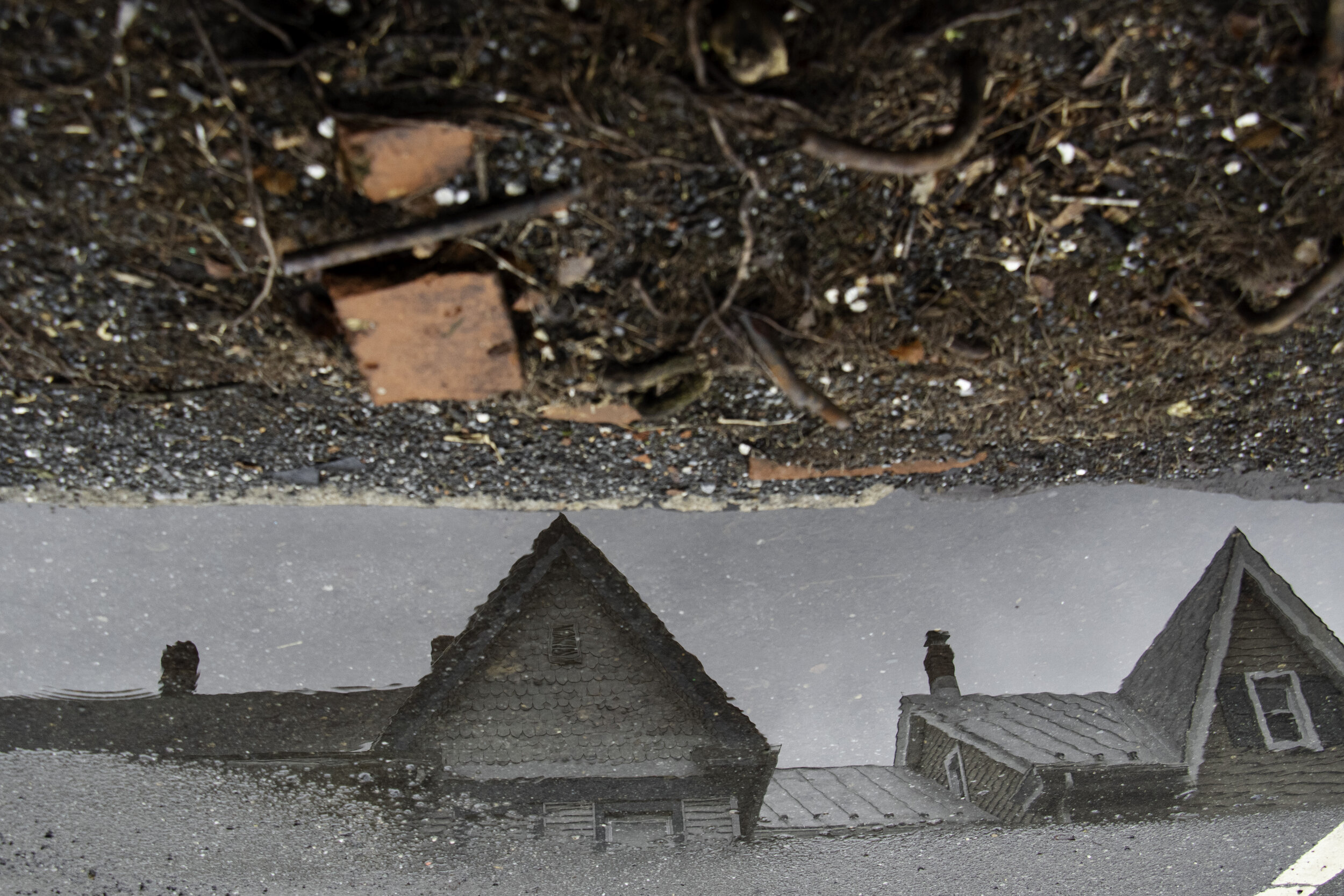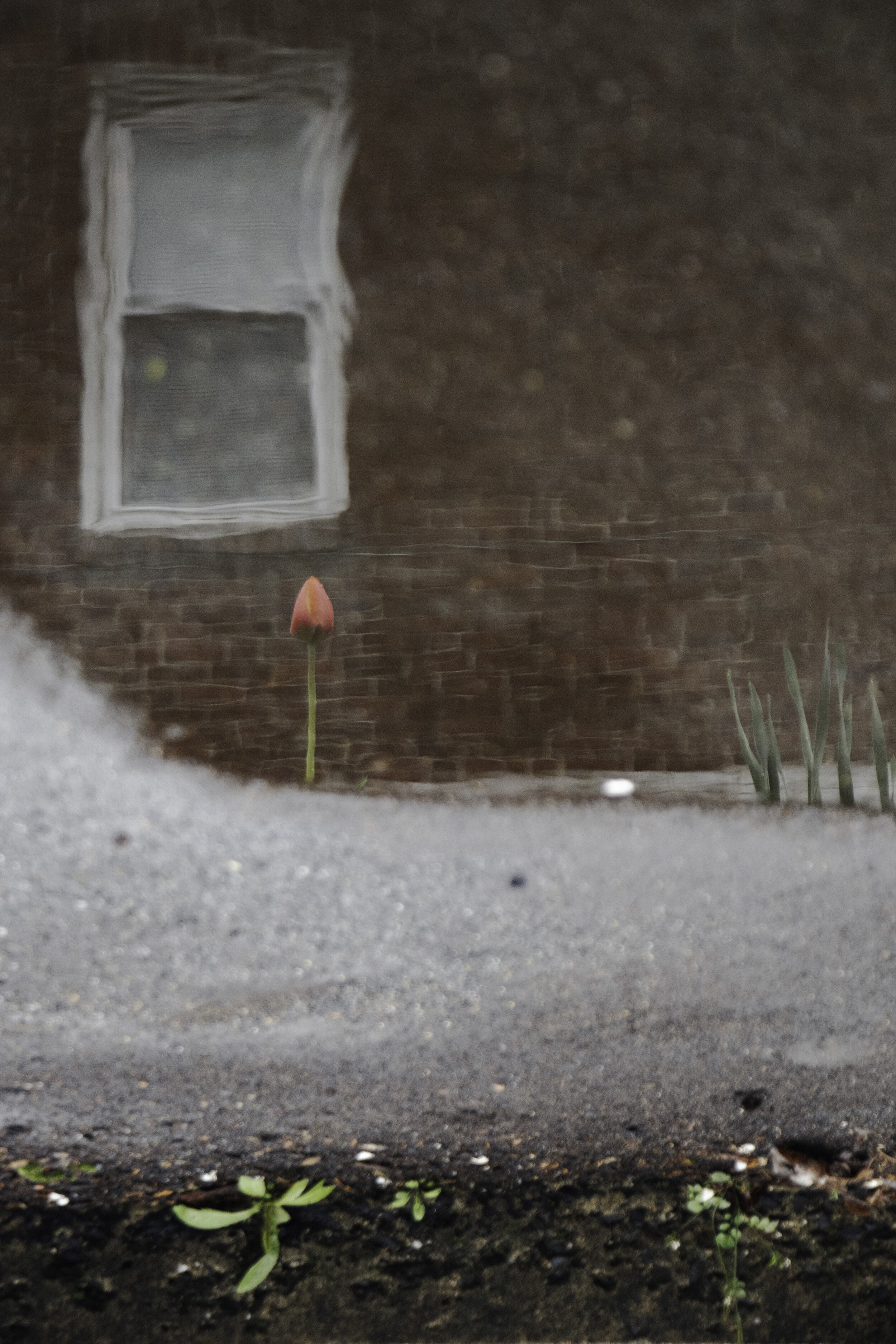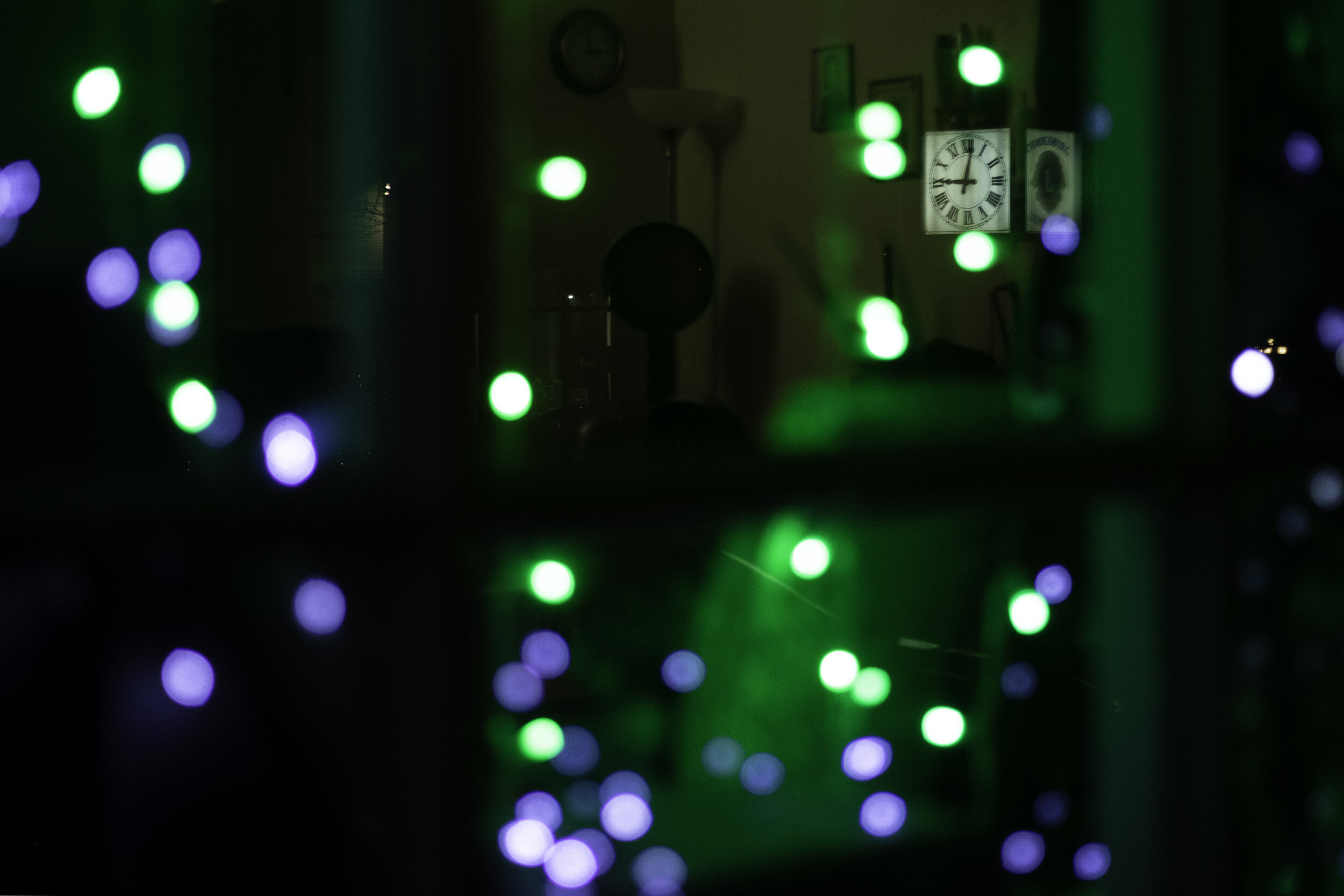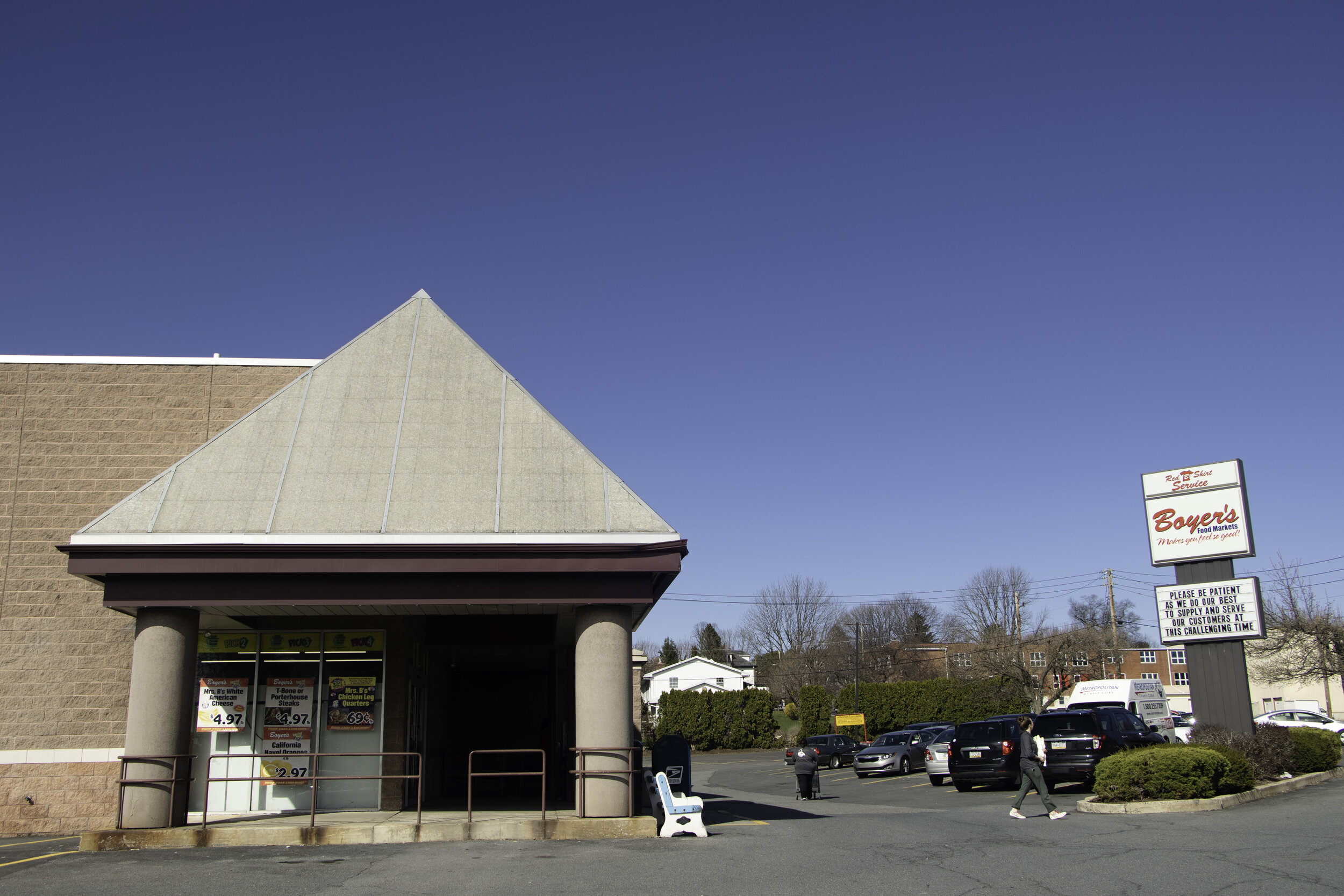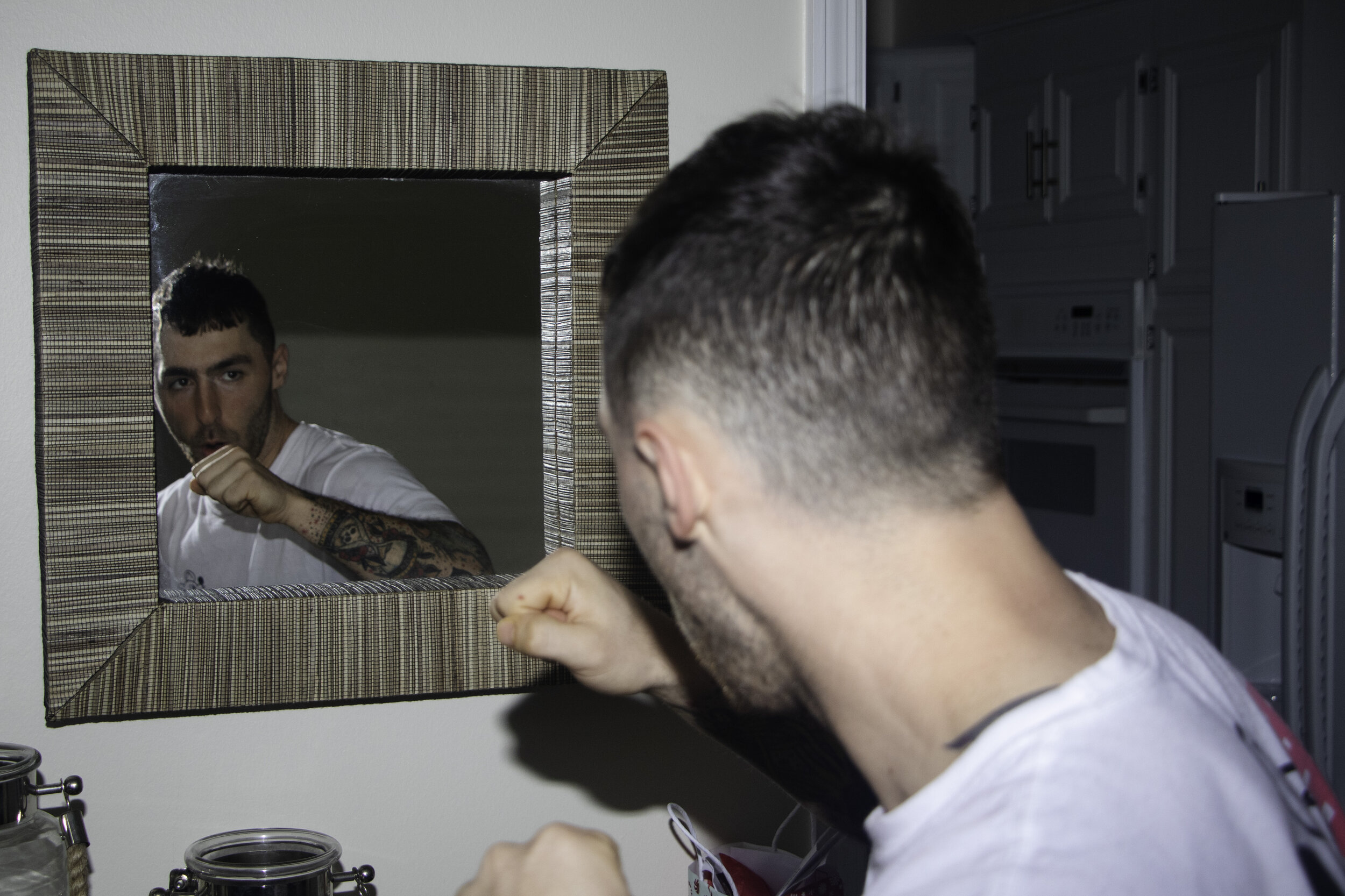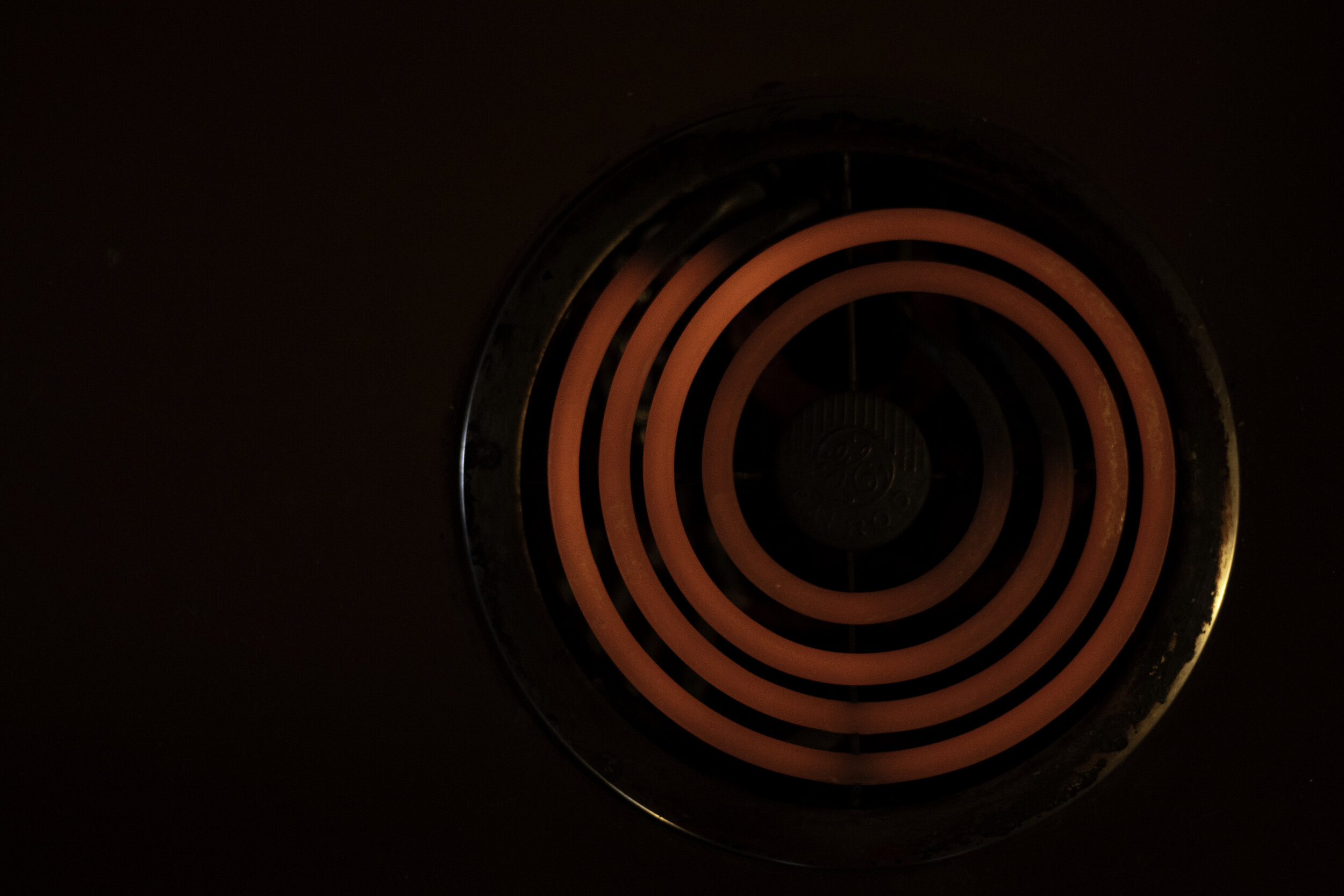Over the last month, I’ve grown to love my new Coronavirus hobby- disc golf. For those who aren’t familiar with the sport, disc golf is very similar to traditional golf, but instead of using clubs to get a ball into a hole, you throw plastic discs into a metal basket. There are dozens of discs one can buy for every possible scenario; putters made from soft plastic, rigid midranges that glide far, or drivers that turn left and fade back right. Interestingly enough, as I played more rounds of disc golf, a strong connection to photography began to emerge for me.
Both disc golf and photography have a unique, but fundamental objective. In disc golf, the goal is to get a disc into a basket in as few strokes as possible, with a potentially wide variety of discs at your disposal depending on the flight path you choose. In photography, the goal is to capture and immortalize a moment, with a potentially wide variety of lenses at your disposal depending on how you want the moment to be depicted and remembered. Although there are many discs in disc golf and lenses in photography to choose from, I’ve come to realize that having more ‘tools’ does not necessarily improve skill.
Last week I was playing at the Greystone Woods Disc Golf Course when I accidentally threw one of my midranges into a 90 foot-deep lake near hole 9. I was very angry with myself for losing a disc, and told myself I’ll buy two more to replace the one I had lost. However, I soon realized this was the wrong mentality; instead of buying more discs, I should focus on mastering throwing the discs I already have. A bag of 30 discs for every possible scenario would not improve my baseline ability to drive, approach, and putt, just as a bag of 10 lenses would not improve my baseline ability to capture a decisive moment.
Master the fundamentals with what you already have, before expanding your toolkit.


